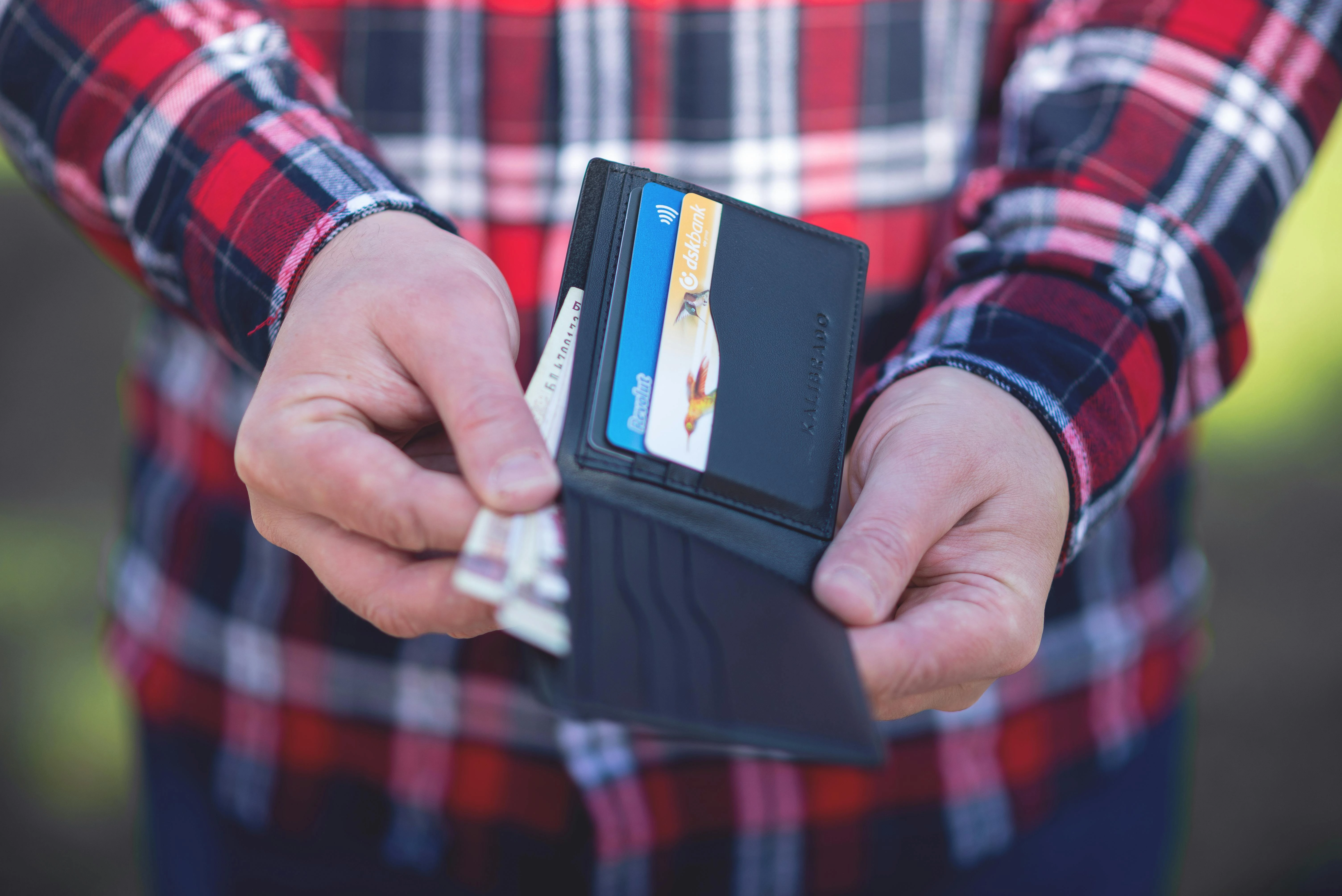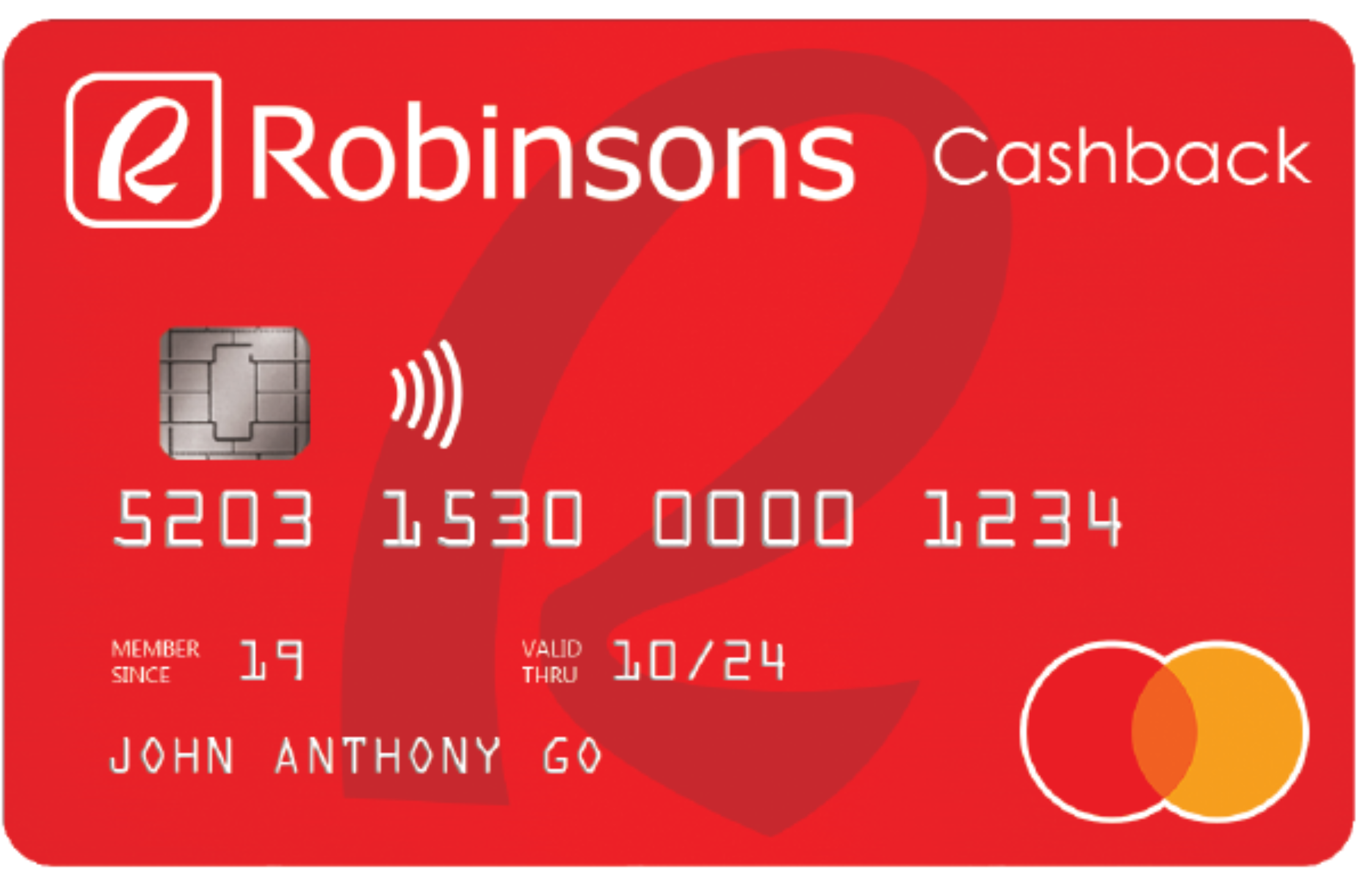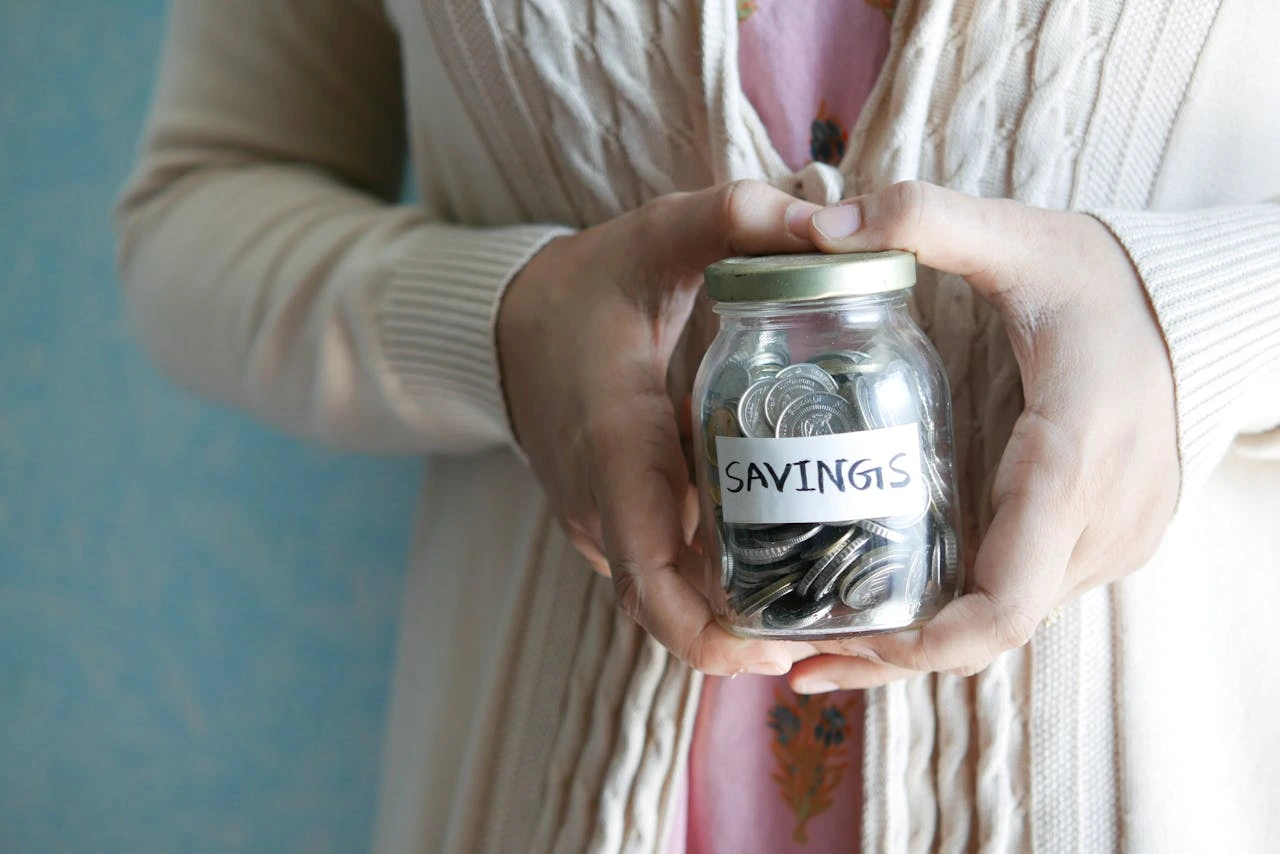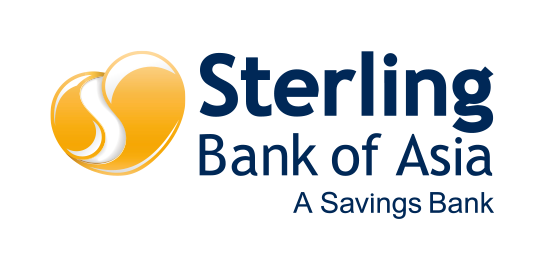Money is often described as a river, flowing, powerful, sometimes overwhelming yet we seldom speak of the soil that nourishes it: gratitude. In a world obsessed with returns, interest rates, and the next credit card reward or personal loan offer, gratitude is the quiet ground beneath our financial decisions. It doesn’t command headlines, but it shapes how we perceive value, choice, and satisfaction.
We talk endlessly about saving, investing, and budgeting, yet we rarely ask: How does gratitude change how we spend? When gratitude takes root, it shifts our view of abundance and scarcity, giving us a kind of emotional reserve that shields us from impulse buys or the urge to “keep up.”
As behavioral experts at the Greater Good Science Center point out, gratitude helps people “feel less deprived and more capable of exercising patience.” And when we apply that to spending, whether it’s deciding on a credit card purchase or taking out a personal loan for meaningful goals, it can transform our relationship with money from constant striving to content stewardship.

How Gratitude Reframes Spending
When you practice gratitude, you start to notice how enough can be more satisfying than more. In behavioral finance, this is called reframing — shifting perception to influence decisions.
Here’s how gratitude subtly changes our financial behavior:
According to a 2023 Harvard Business Review feature on financial well-being, people who actively practice gratitude tend to have lower credit card debt and higher savings rates than those who don’t. It’s not magic — it’s mindfulness at work.

The Filipino Money Mindset and Gratitude Gap
In the Philippines, gratitude carries a deeper layer — one intertwined with “utang na loob” (a debt of gratitude) and a culture of generosity.
This has a beautiful side: Filipinos are known for bayanihan, for helping others even when money is tight. But gratitude can sometimes blur into obligation. Saying “thank you” can come with pressure to reciprocate — with cash gifts, pasalubong, or expensive celebrations — even when it strains our budget.
Gratitude, in its truest sense, doesn’t require financial repayment. It asks for presence, acknowledgment, and boundaries. Recognizing that helps you express appreciation without falling into guilt-driven spending.
As a Bangko Sentral ng Pilipinas (BSP) report on financial inclusion highlighted, many Filipinos equate generosity with spending, not sustainability. A shift toward mindful gratitude could mean giving differently — sharing time, skills, or emotional support, not always pesos.

Gratitude as a Daily Money Habit
Gratitude isn’t abstract — it’s trainable. Here are small, repeatable habits that build a grateful money mindset:
- Gratitude journaling for expenses
Each payday, note three purchases that genuinely added value. It helps you identify what “worth it” looks like. - Spending pauses
Before checking out online, ask, “Will I still want this next week?” Gratitude reframes this as patience, not deprivation. - Donate or share intentionally
Instead of random donations, choose causes aligned with your values (like local education drives or environmental groups). - Use rewards to nurture connection
Redeem credit card points or cashback for shared experiences — a family dinner, a short trip, or a birthday surprise. As behavioral economists note, gratitude compounds when shared. - Time over transaction
Sometimes, gratitude means showing up — visiting family, helping a friend move, volunteering. Time is one of the purest currencies.
As Psychology Today notes, consistent gratitude practice increases long-term happiness by up to 25%, which indirectly boosts financial decision-making and stress tolerance.




Conclusion
Gratitude doesn’t mean settling or giving up ambition — it means spending with peace. It reminds us that joy doesn’t always have a price tag and that financial success feels better when it’s rooted in appreciation, not comparison.
At Finmerkado, we believe your financial tools should reflect that mindset — empowering you to make choices with clarity and purpose, not fear or pressure. Whether it’s choosing the right savings product or maximizing your rewards card, the goal is the same: to help you spend gratefully and live abundantly.
References
- Greater Good Science Center, University of California Berkeley: “How Gratitude Shapes Decision Making”
- Harvard Business Review: “How Gratitude Impacts Financial Health”
- Bangko Sentral ng Pilipinas: Financial Inclusion Report 2024
Psychology Today: “The Science of Gratitude and Happiness”
Frequently Asked Questions
It helps reduce impulsive spending and increases satisfaction with what you already have, leading to better savings and financial stability.
Gratitude helps you focus on meaningful expenses, making it easier to stick to your budget and prioritize long-term goals.
Set healthy financial boundaries — express thanks through words, time, or help, not necessarily through money or gifts.
Yes. Gratitude fosters patience and self-control, both crucial when repaying debt or resisting new borrowing.
Keeping a gratitude journal for expenses, practicing spending pauses, giving time instead of gifts, and using rewards for shared experiences.

UnionBank offers accounts, loans, credit cards, and investments to meet varied customer demands. The bank makes banking transactions easy with years of knowledge and a large branch network around the Philippines.
BPI Signature Card

- Earn 2 BPI points for every ₱20 spend
- Get up to ₱20 million free travel accident and inconvenience benefit
- Enjoy complimentary access for you and one guest at PAGSS international lounges in NAIA 1 and NAIA 3
- Get exclusive 50% off deals on dining, hotels, resorts, fitness studios, and wellness centers, all year round
- Ideal for frequent travelers
Metrobank Travel Platinum Card

- Exclusive welcome gift for New-to-Metrobank credit cardholders
- Earn miles quickly with the Metrobank Travel Platinum Card
- Receive 1 mile for every ₱17 spent on airlines, hotels, and foreign currency transactions
- Earn 1 mile for every ₱50 spent on other categories
- Triple rewards on local airlines, hotel accomodation and international spending
- Enjoy a FREE first supplementary credit card
- Ideal for frequent travelers looking to maximize their rewards
Robinsons Bank Credit Card

-












